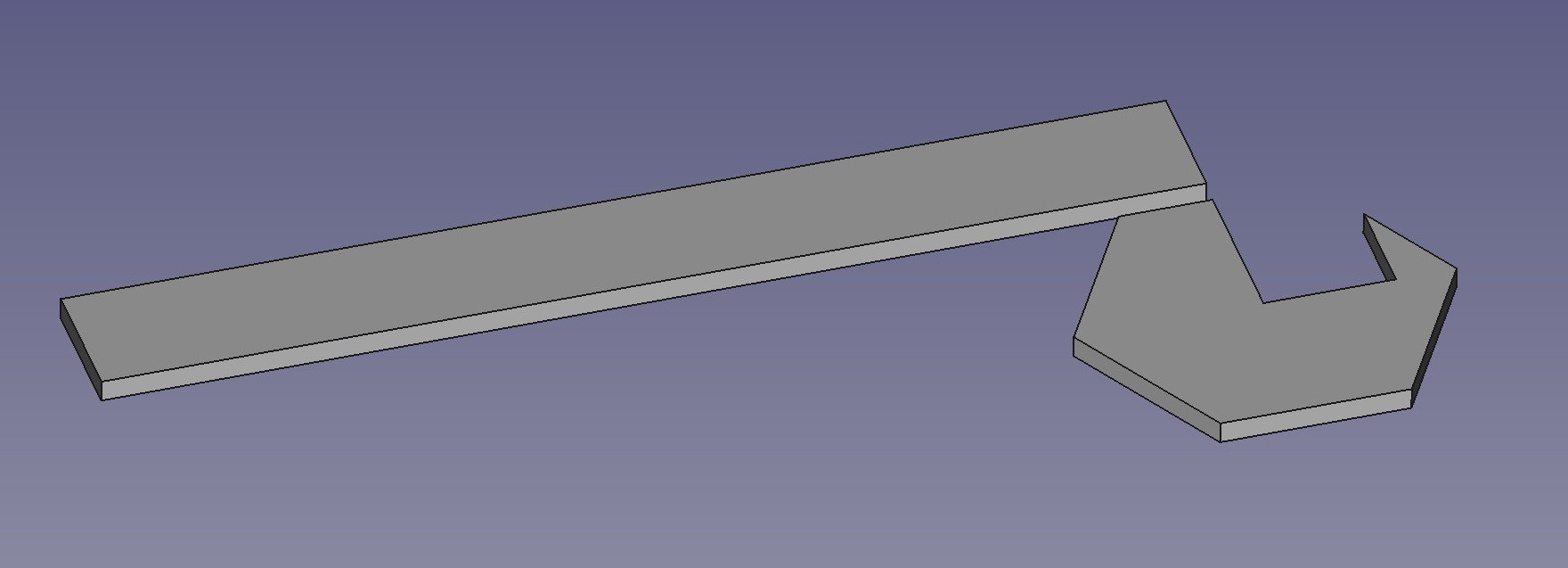The A1 is what is known as a “bed slinger”. The print head moves left and right over the bed, which moves forward and back. The print head gantry is lifted up as the object is being printed. The P1S puts the print head on a carriage above the print plate. The build plate moves down as the object is printed. But which is best? And should I have waited for the A1 (assuming that I knew it was coming)? Some points to ponder:
First things first. Both printers produce excellent prints at very high speed. There is little if anything to choose between them on print quality. At one point we were printing different parts for a gadget (the amazing Toriodal Launcher) When we finished we just put the parts together and they fitted perfectly. So I can’t say one printer is better than the other at printing.
The A1 really does sling its bed around at speed while it is printing. It made the desk underneath really bounce. This would worry me if I was printing something tall and thin, but we didn’t have any problems during printing.
The P1S is completely enclosed, which means you can print materials which need to be kept warm. The AMS system on the P1S is also enclosed, which means that reels of filament won’t get damp or dusty while they are waiting to be used. Everything is open on the A1.
The A1 has a lovely little colour display which shows you what is being printed and provides a nice touch interface. The P1S has a four line text display which does the business but is nowhere near as fun to use. Having said that, you can control both printers from you phone, so the amount of button pushing you do on the device can be zero.
Both devices (as purchased) have automatic media selection. They can change filament during a print. This lets you do multi-colour printing and would also allow the printer to switch to a different filament roll if one runs out. I think the AMS solution of the A1 is much more elegant than that on my P1S which seems to involve lots of toing and froing as the filament is wound all the way back onto the roll when it is changed out. The A1 just retracts the filament from the print head itself (although it does have to have four filament feeds to the head). The A1 can only support 4 different filaments; the P1S can be expanded to use 16 by using 4 AMS units.
It is much easier to get at and change the print nozzle on the A1 series. The print head itself is more accessible and the nozzle is clipped in rather than screwed in, as it is on the P1S. If you want to regularly switch nozzle sizes this might be a thing to consider.
So, am I regretting my purchase? Is the A1 better than the P1S? I reckon they are pretty much the same. The decision goes down to form factor. I started 2D printing 12 years ago with Una the Ultimaker who was very similar in design to the P1S. I prefer this “enclosed” design, although this is very subjective, so I’m happy with my P1S. Number one son started with a Crealty Ender 3 which is a bed slinger, so he went for the A1. The P1S also takes up less desk space as you can put the AMS on top of it (although you can print a bracket to mount the AMS on top of the A1 as well).
If you are looking to buy one of these formidable devices my advice would be to go for the A1 unless, like me, you prefer the look of the P1S. Both work well and should be equally reliable.





























